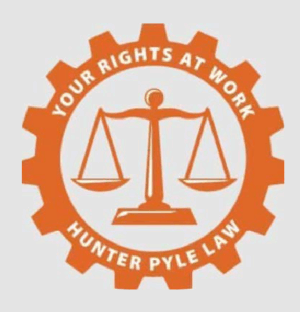The Timing of Rest Breaks: Before or After Meal Breaks, and Can a Company Combine Breaks into One Long Break?
Two questions have bedevilled practitioners representing workers in California ever since the California Supreme Court issued Brinker Restaurant Corp. v. Superior Court in 2012: In a shift that qualifies for two rest breaks and one meal break, are employers required to provide one rest break before the meal break  and the other one after? And, on a related note, can an employer combine multiple rest breaks into one long rest break?
and the other one after? And, on a related note, can an employer combine multiple rest breaks into one long rest break?
In Rodriguez v. E.M.E., Inc. (April 22, 2016), the employees worked eight hour shifts. The defendant provided them with one meal break and one 20 minute rest break that fell either before or after the meal break. The Second District Court of Appeal used this scenario to provide some critical guidance with respect to when and how employers must schedule rest breaks.
Rodriguez begins by noting that the relevant language of the wage orders provides that rest breaks should fall in the middle of work periods, “insofar as practicable.” The court construed the term “insofar” as equivalent to the phrase “to the extent.” As a result, the wage orders require companies to provide rest breaks that are in the middle of work periods unless there is a good reason not to do so.
The court then addressed the situations in which companies are permitted to depart from the requirement that rest breaks fall in the middle of work periods. It held that there are two requirements before a company can do so:
- First, scheduling the rest breaks at a time other than the middle of the work period must not unduly affect employee welfare; and
- Second, the schedule must alleviate a material burden that would otherwise fall on the company.
The court drew these requirements from several sources. First, wage orders are intended to protect employee health and welfare, and must be construed in that manner. Additionally, it is not enough for a company to draw some advantage from the manner in which it schedules rest breaks. Rather, the company must show that it is alleviating a material burden, and that it is necessary to modify the rest break schedule in order to meet that burden.
The court’s conclusion is consistent with a September 17, 2001 opinion letter from the Division of Labor Standards Enforcement (DLSE). There, the DLSE concluded that companies had to provide rest breaks in the middle of the work periods “absent truly unusual circumstances.” The DLSE also noted that a combined 20 minute rest break was “never allowed under ordinary circumstances.”
Turning to the evidence submitted by the parties, the court noted that the defendant had submitted declarations showing that its rest break policy was not harmful to its employees. The defendant also produced evidence that it took employees a long time to prepare for their rest breaks because they had to clean out their paint guns and shut down certain pieces of equipment. Similarly, when the employees returned from their breaks, they had to take certain steps in order to resume painting.
In response, the plaintiff submitted his own declaration stating that, based on his own experience as a painter and supervisor, preparing for and returning from rest breaks did not result in much lost time. The court held that this single declaration raised a triable issue of material fact, and was sufficient to deny summary judgment.
The court then turned to a hypothetical eight hour shift with one meal break and two rest breaks, and addressed the timing of the breaks during such a shift. The court held that such a shift would create two work periods, one on either side of the meal break. The rest breaks should be provided in the middle of each of these work periods, that is, one on either side of the meal break.
Finally, the court turned to the question of whether rest breaks could be combined into one single rest break. The court rejected a series of federal district court decisions holding that such combination may be permitted on the grounds that those decisions predated Brinker. The court did not conclusively resolve this question, but noted that the only situation in which rest break combination had historically been permitted was when the company’s business required that the employees take their meal breaks soon after reporting for work.
The landscape around meal and rest breaks in California is constantly shifting. If you have questions about the workplace, you should consider contacting a workers’ rights attorney about your rights.


